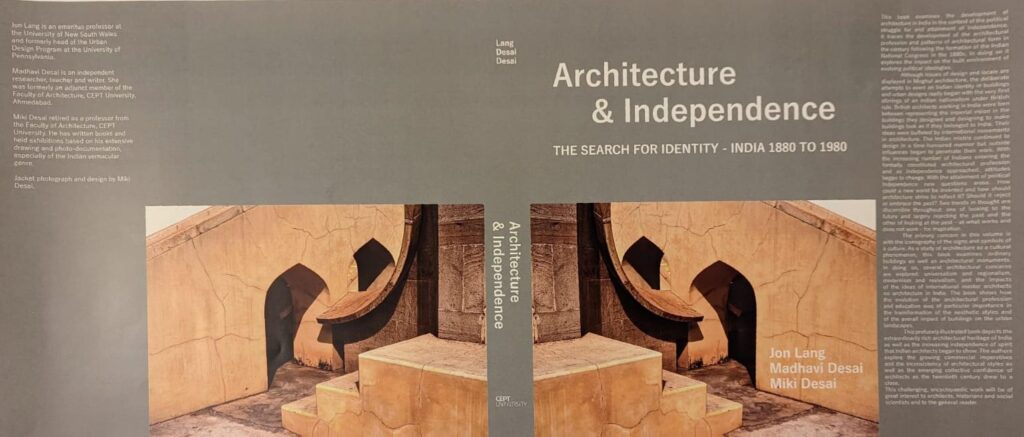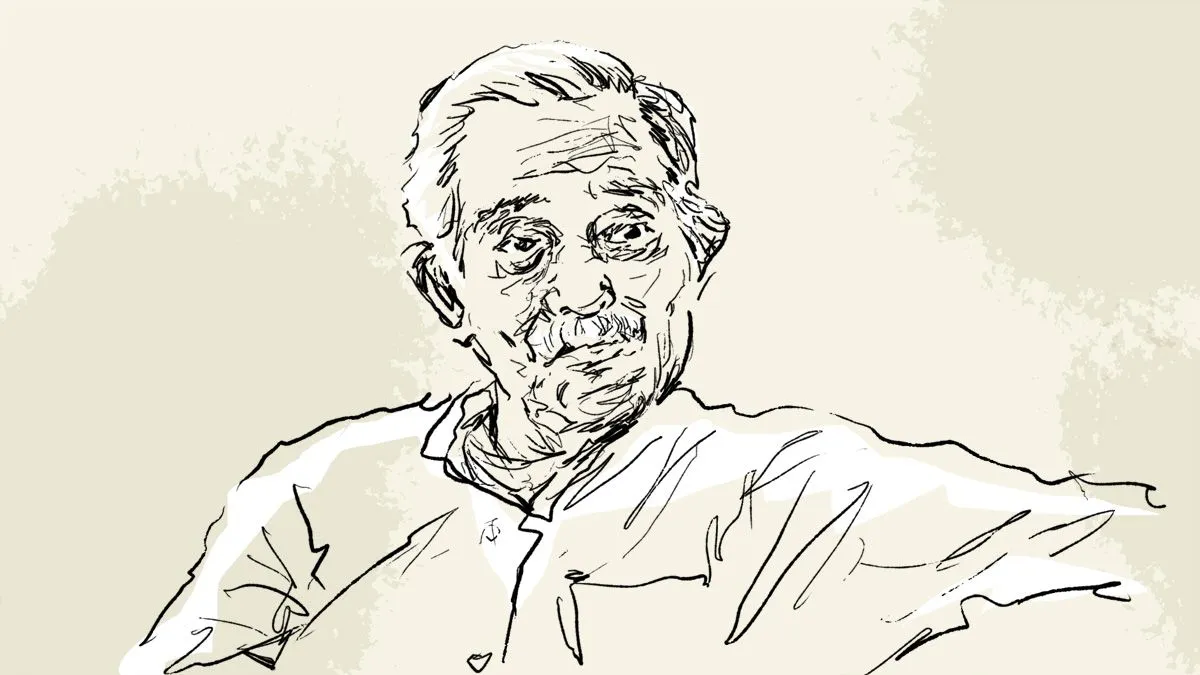
The book, Architecture & Independence, examines the development of architecture in India in the context of the political struggle for and attainment of Independence. It traces the development of the architectural profession and patterns of architectural form in the century following the formation of the Indian National Congress in the 1880s. In doing so it explores the impact of evolving political ideologies on the built environment.
Although issues of design and locale are displayed in Moghul architecture, the deliberate attempts to exert an Indian identity in buildings and urban designs really began with the very first stirrings of Indian nationalism under British rule. British architects working in India were torn between representing the imperial vision in the buildings they designed and designing to make buildings look as if they belonged to India. Their ideas were buffeted by international movements in architecture. The Indian mistris continued to design in a time-honoured manner but outside influences began to penetrate their work. With the increasing number of Indians entering the formally constituted architectural profession and as Independence approached, attitudes began to change. With the attainment of political Independence, new questions arose. How could a new world be invented and how should architecture strive to reflect it? Should it reject or embrace the past? Two trends in thought are discernible throughout: one of looking to the future and largely rejecting the past and the other of looking at the past – at what works and does not work – for inspiration.
The primary concern in this volume is with the iconography of the signs and symbols of a culture. As a study of architecture as a cultural phenomenon, this book examines ordinary buildings as well as architectural monuments. In doing so, several architectural concerns are explored: universalism and regionalism, modernism and revivalism, and the impacts of the ideas of international master architects on architecture in India. The book shows how the evolution of the architectural profession and education was of particular importance in the transformation of aesthetic styles and of the overall impact of buildings on urban landscapes.
This profusely illustrated book depicts the extraordinarily rich architectural heritage of India as well as the increasing independence of spirit that Indian architects began to show. The authors explore the growing commercial imperatives and the inconsistency of architectural styles as well as the emerging collective confidence of architects as the twentieth century drew to a close.
This challenging, encyclopaedic work will be of great interest to architects, historians and social scientists and to the general reader.
Book Facts:
Title – Architecture & Independence: The search for Identity – India 1880 to 1980
Name of authors – Jong Lang, Madhavi Desai, Miki Desai
Name of publishers – Oxford University Press, Oxford (1997) and CEPT University Press, Ahmedabad (2022)
Number of pages – 368
Binding type – Hardcover
Availability – Amazon
Image and Text provided by Madhavi Desai and Miki Desai







